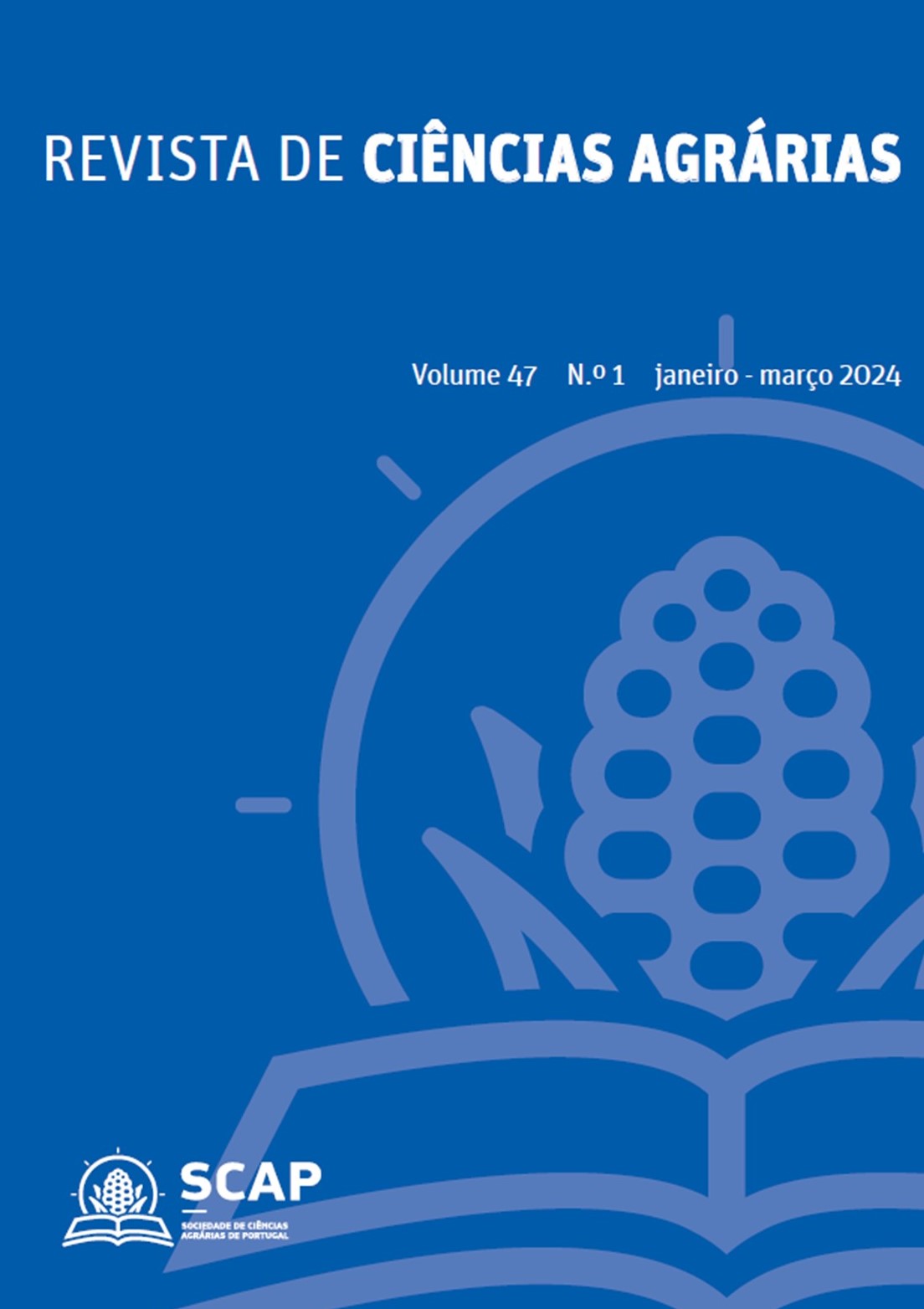Effect of cover crops on the weed flora of processing tomatoes in a regenerative agriculture system with underground irrigation
DOI:
https://doi.org/10.19084/rca.34853Abstract
Cover crops (CC) are plants grown to provide regulating, supporting, and cultural ecosystem services in managed environments. Numerous studies have investigated the impact of cover crops on weeds. Winter cover crops suppressed both weed biomass and weed population density in spring crops, particularly early in the cash crop growing season. However, to effectively use weed suppression services from cover crops, farmers must carefully select species that fit within their rotations and suppress their problematic weeds. Field experiments investigated the weed suppression potential of winter CCs and their effects on processing-tomato grown with underground irrigation in non-tillage system. Treatments were: Lolium multiflorum -A, pea (Pisum sativum) - E; faba bean (Vicia faba) – F; wheat (Triticum aestivum) – T, Control No CC+ No tillage - Tsm; Control No CC+ tillage - Tcm. CC aboveground biomass ranged from 580 kg ha−1 (T. aestivum) to 2393 kg ha−1 (Vicia faba). Main weeds in tomato crop ranked in importance Cyperus rotundus, Setaria verticillata, Digitaria sanguinalis, Portulaca oleracea and Heliotropium europaeum. Weed density was reduced between 44 % and 70 % with cover crop relative to tillage. Lolium multiflorum and Vicia faba were also more effective in reducing the weed biomass. Tomato productivity ranged from 84 t ha-1 (T) to 123 t ha-1 (F). Contrary to expectations, Poaceae cover crops were not the most effective in suppressing weeds, compared to Fabaceae. The Vicia faba species had the greatest effect on weed population density compared to the control in bare soil and also contributed to greater productivity of processed tomatoes.


